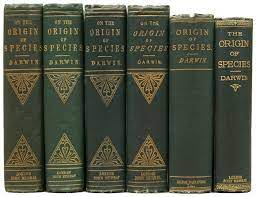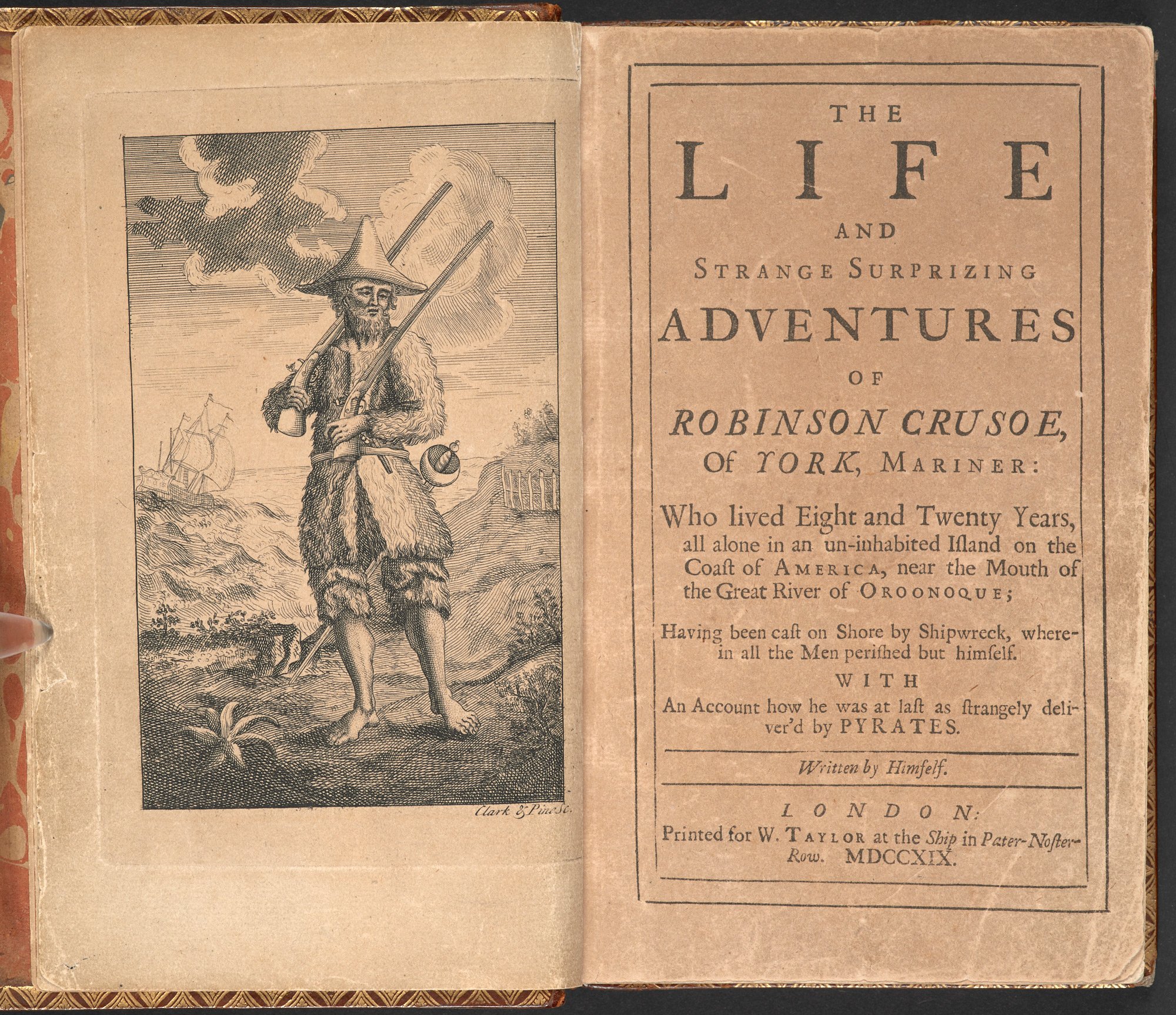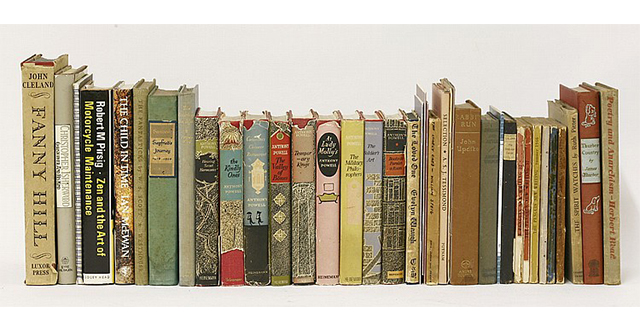 What are first edition books and how can you tell if a book is a first edition? We will try to answer some of these questions along with pointers on how to spot a first edition book.
What are first edition books and how can you tell if a book is a first edition? We will try to answer some of these questions along with pointers on how to spot a first edition book.You may have heard of a first edition, but before trying to sell your first edition it is important to know if you really have a first edition or not.
A first edition can apply to comic books as well as cookery books and everything in between, so what does “first edition” mean?
The term “first edition” refers to the first printing of a book or publication and distributed for the first time. A book can go through several print cycles, sometimes with edits that add in author notes or additional material, so the book in its original form during its initial release (or first printing) to the public is what is generally defined as a first edition by collectors and sellers.
 In the case of some books and publications, it is hard to keep track of the editions because there have been so many of them! When a book is published, the first print run or first printing, is determined by the publisher based on feedback from salespeople who visit points of sale namely book stores, supermarkets, etc.). The print run, based on the book or publication and its expected success, generally between 3,000 and several hundred thousand books. Obviously, a first edition of a book or publication written and drawn by unknown artists will not be published in the same quantities as those written and illustrated by well known people for obvious commercial reasons.
In the case of some books and publications, it is hard to keep track of the editions because there have been so many of them! When a book is published, the first print run or first printing, is determined by the publisher based on feedback from salespeople who visit points of sale namely book stores, supermarkets, etc.). The print run, based on the book or publication and its expected success, generally between 3,000 and several hundred thousand books. Obviously, a first edition of a book or publication written and drawn by unknown artists will not be published in the same quantities as those written and illustrated by well known people for obvious commercial reasons.Book and comic collectors do not go out and buy a copy of a book or publication at their local supermarket. They want a first edition and are willing to pay the price. They will only buy the book or publication in question if it is in very good condition. For example, a first edition of a comic book in very poor condition e.g. very damaged, torn pages, etc., will only command a few euros, whereas new it could be worth thousands of euros.
 In order to know if you are dealing with a first addition or not, the best approach is to look at the copyright. It is found on page 2 or at the end of the book or publication. It provides the publisher’s contact information and the ISBN number, which is a unique identification code for each book or publication. It is comparable to a national ID number. There will also be a registration of copyright, and usually, the edition number. If it shows “first edition”, you are good to go.
In order to know if you are dealing with a first addition or not, the best approach is to look at the copyright. It is found on page 2 or at the end of the book or publication. It provides the publisher’s contact information and the ISBN number, which is a unique identification code for each book or publication. It is comparable to a national ID number. There will also be a registration of copyright, and usually, the edition number. If it shows “first edition”, you are good to go.Today publishers, who have understood how important this is to collectors, always include it, but that was not always the case. In older books or publications, the copyright shows the print year. For example, let’s take a look at “Le lutin du bois aux roches” (The Goblin of Rocky Wood). The copyright date is 1976. However, if you enter the title on the Internet, you will immediately see that it was first published in 1956. You are obviously not dealing with a first edition.
 How can you know what editions are worth or get more information about what is available? Auction houses and their websites give a more realistic idea about prices by looking at items that have already been sold. You can then identify a book or publication like or similar to yours and see the selling price for the item.
How can you know what editions are worth or get more information about what is available? Auction houses and their websites give a more realistic idea about prices by looking at items that have already been sold. You can then identify a book or publication like or similar to yours and see the selling price for the item.Should I care what edition my book is, and are all first editions valuable? Possibly, depending on the popularity and demand of a book, and it could become valuable further down the line. First editions are what some book collectors hunt for, and are often willing to part with considerable amounts of money. As an example, true first editions of Harry Potter and the Philosopher's Stone are selling for thousands of pounds 20 years later.
 If you see yourself as a budding collector, then noting our tips for spotting a first edition may make your life a little easier. If you never plan to part with your books, then you can ignore what edition your book is and just enjoy the insides for what they are: great pieces of literature.
If you see yourself as a budding collector, then noting our tips for spotting a first edition may make your life a little easier. If you never plan to part with your books, then you can ignore what edition your book is and just enjoy the insides for what they are: great pieces of literature.It is worth keeping in mind that every book published has a first edition, but not every book is desired by collectors.
How do I tell if my book is a first edition copy? This is where things start to become a little confusing, as different publishers use different identifiers. The general rule of thumb is to take a look at the copyright page and look at the numbers and dates.
The Numbers
A number line is usually present, such as 9 8 7 6 5 4 3 2 1 or 1 2 3 4 5 6 7 8 9. If a 1 is present in any sequence, it is usually a sign that the book is a first edition. If a book reads something like 3 5 7 9 8 6 4, then your book is not part of the first printing and the example shown indicates a third printing cycle.
The Dates
If the date on a copyright page matches the date on the title page, it is likely that your copy is a first edition. These dates can differ if the publication date is earlier than copyright is acquired, but if this is the indicator used you will want to ensure both dates match.
The Edition Identifier
Some publishers will print the words 'First Edition', 'First Printing', 'First Impression' or similar on their copyright page to make it easier to identify which printing a book was part of. It is always worth checking the number in this situation, as the words can sometimes be left on the copyright page either by mistake or intentionally, leading to some confusion.
